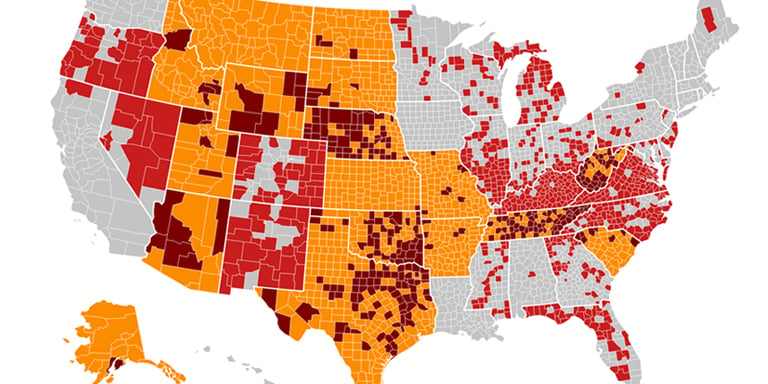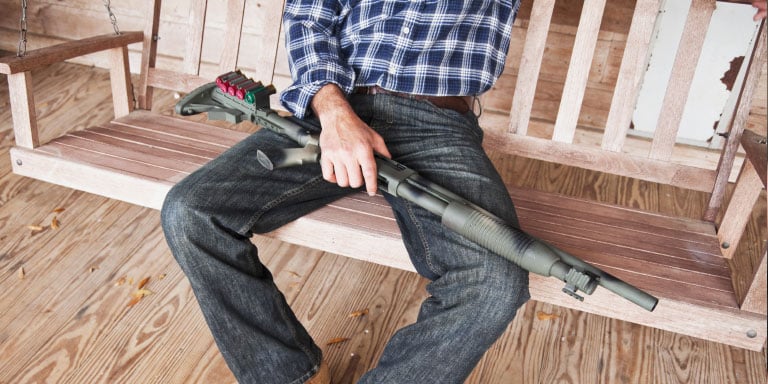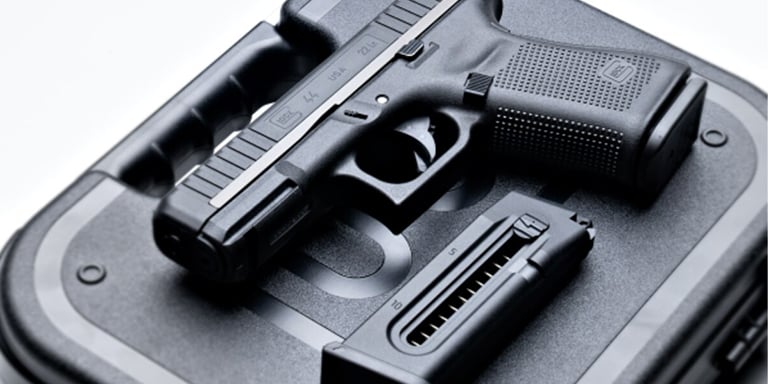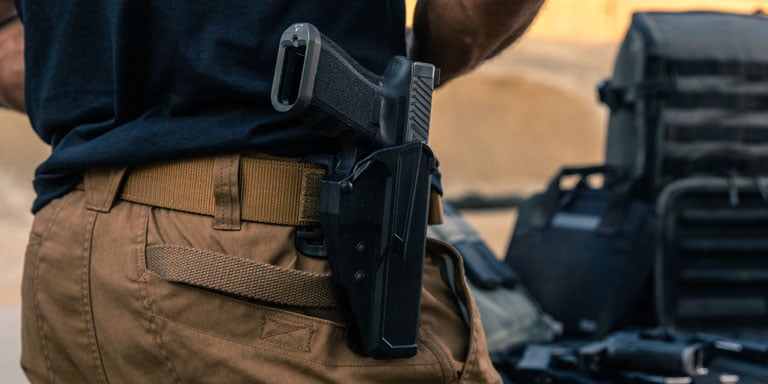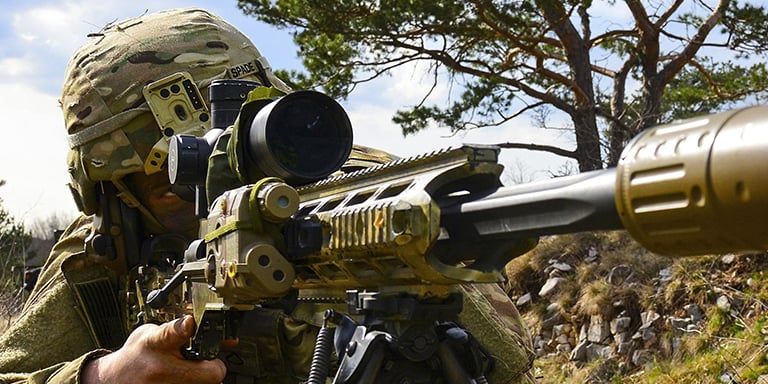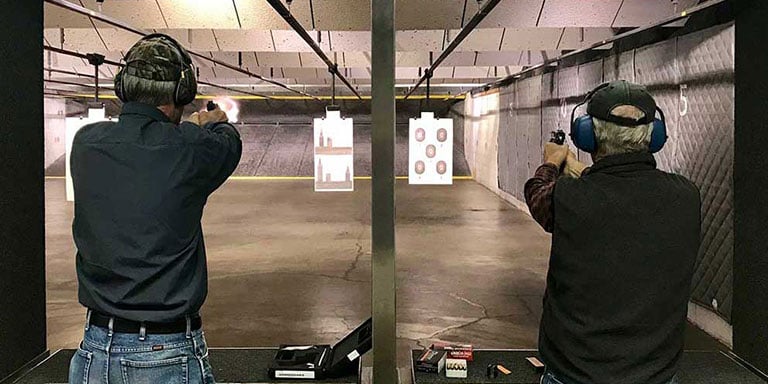
Good gun manners are necessary at the range or in any public setting. When going to the range, there are written and unwritten rules of etiquette that shooters need to observe. Having good gun manners is part of a positive range experience.
Unless a shooting range is empty, each shooter should practice proper gun manners, range etiquette and follow the posted range rules. Failure to do so will likely draw the attention and anger of fellow shooters.
Indoor ranges will be especially well-controlled, with rules posted and enforced more often than many outdoor ranges. Shooters will have different levels of experience, and some may make some mistakes.
Mistakes come in two varieties: inexperienced shooters are prone to making mechanical errors such as an improper stance or grip. The second category is safety errors. The question then becomes what to do about each type.
Range Safety Errors
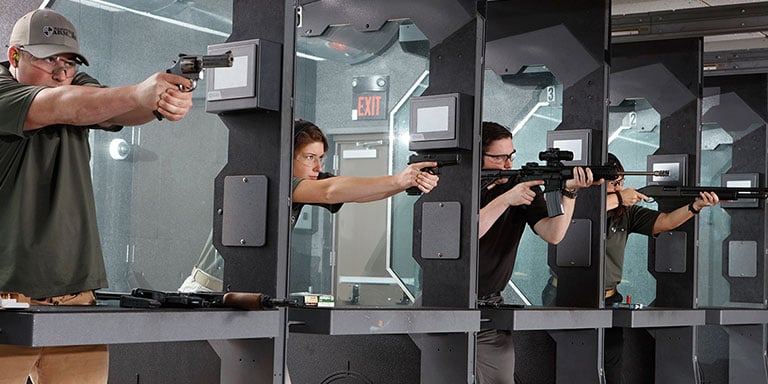
Safety errors must be immediately addressed as one of these errors could result in a critical or even fatal mistake. The most common of these is the shooter who fails to follow (or perhaps doesn't understand) muzzle awareness. Nothing will upset a fellow shooter more quickly than having the muzzle of a gun pointed at them. The person who the gun is pointed at has no way of telling if the weapon is loaded and whether or not they should rightfully be concerned. Even if the muzzle is only pointed momentarily, it's a serious safety violation. It's essential to have muzzle awareness at all times, and the offending shooter should expect to hear a stern warning.
"Are you aware you just pointed your weapon at me? Please be careful not to do this."
A second safety violation deals with the concept of a range being hot or cold. This error usually happens at any range where it is necessary to walk downrange to score or retrieve a target.
When the call is given for the range to go cold, all shooters should ceasefire. Additionally, they should clear and make safe all weapons. Finally, they should bench or holster all weapons. It is a serious safety violation to handle, load or point firearms during a cold range when shooters are past the firing line scoring or replacing targets.
Lastly, alcohol and firearms never mix well. No alcohol should be brought to any shooting range. Additionally, consuming alcohol before going to a shooting range is also ill-advised. Any shooter who sees alcohol being consumed or who believes a fellow shooter is intoxicated should stop shooting and leave the range. If a range safety officer or supervisor is present, they should be made aware. Alcohol is a severe safety violation.
Range Etiquette Errors
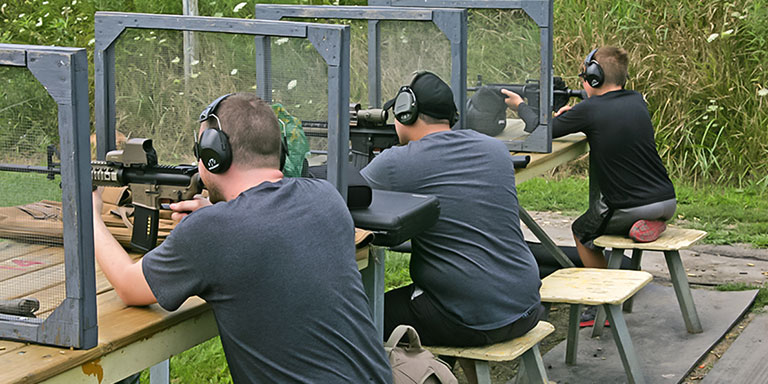
The other category of errors involves shooters whose actions are annoying, rude or inappropriate. A new shooter may have an improper stance, a poor grip, or one of a hundred other common errors. However, it's important that other shooters not offer advice on what another shooter is doing wrong unless asked. It can be as painful to watch an adjacent shooter make the same mistake over and over, but proper gun manners dictate keeping opinions to one's self.
A violation of gun manners would be to yell over to the shooter, "You know you're missing to the left because you have too much finger on the trigger, right?" This is unsolicited advice, and while the statement may be accurate, it's rude.
There may be diplomatic ways of trying to help. The shooter can introduce themselves and say, "If you need any help, I'd be happy to give you a few minutes. I've been shooting handguns for years." This does not violate etiquette yet opens the door for the erring shooter to seek the experienced shooter's help.
The Shooter in the Next Lane
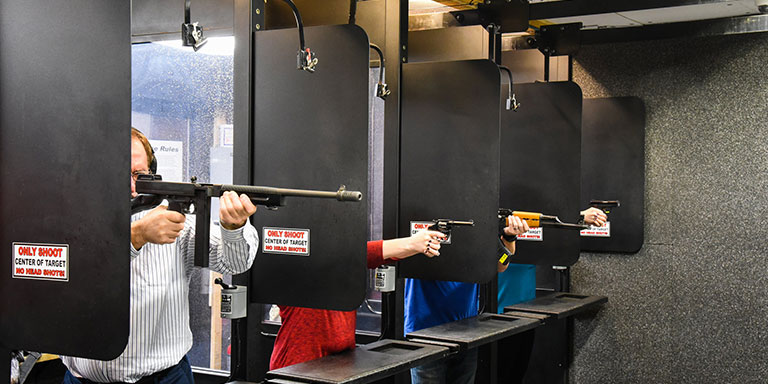
It's poor gun manners to touch another person's firearm without their permission. This usually happens when a weapon is benched and the shooter is busy with another weapon or scoring a target. If there is an interest in the firearm, one should always ask permission before laying a finger on another person's gun.
It is equally poor etiquette to pass a weapon to another without showing it's safe and unloaded. Revolvers should have the cylinder open and away from the frame. Semi-autos should have the magazine removed and the slide locked to the rear before being passed to another.
No one should shoot at another shooter's target. Additionally, the support posts, target supports and hangers are not part of the target and should not be aimed at or shot intentionally.
During a Break
There is perhaps nothing more annoying than a shooter firing their weapon during a protracted cease-fire when others are talking and not wearing hearing protection. There may be times when a person may need to test-fire a gun after a repair or adjustment is completed. The shooter should always be mindful that others around them have (or may not have) ear protection in place. A simple, loud announcement of "Ears On!" is sufficient before a test firing is completed.
At the End of the Day
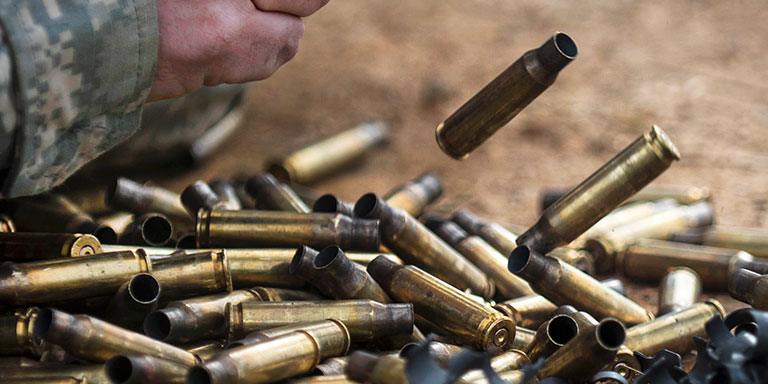
When a shooter has completed their range day or session, they must leave their lane in the same condition they found it in. There will be a procedure for the collection of brass shell casings. Some are swept up, while other ranges require that casings be picked up. The same goes for shotgun shells. Targets should be removed and disposed of properly. If any foreign objects were used as targets, what's left of them must be cleaned up. Trash, food wrappers, empty ammo boxes and soda bottles are just some of the items the next shooter should not find on a properly cleaned lane.
Out in Public
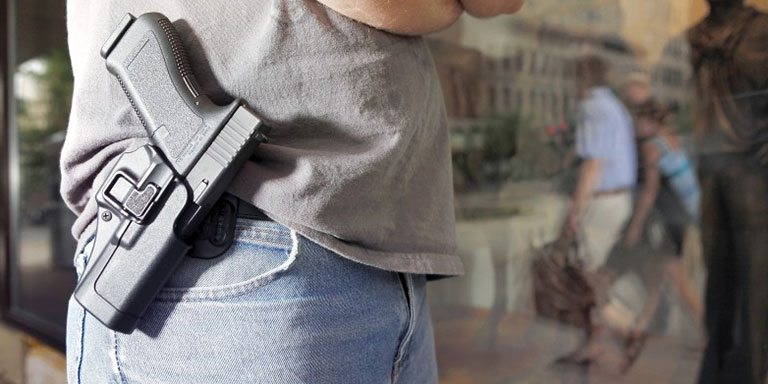
It is poor gun manners to ask to see a firearm another person is carrying. This will require the shooter to draw the weapon, unload it and make it safe. If a shooter carries a gun for self-protection, they may not want to disarm themselves to satisfy another person's curiosity. When someone asks, "Hi, isn't that the Glock-19? I was thinking about buying one; can I see it?"
What the gun owner actually hears is, "I'm a stranger, but can you unload your weapon and disarm yourself so I can play with it?" It is also poor gun manners to ask a person if they are armed. If they are carrying concealed, they may not want others to know. This is in particularly poor taste when done in a public setting, drawing the attention of others.
When a person is observed open carrying a firearm, it is poor etiquette to point this fact out or draw attention to a person's weapon. It is equally in poor taste to identify the type of weapon or make personal judgments about the firearm. "Look, that guy's carrying the Glock 19 with the extended magazine; I never liked plastic guns."
Interaction with Law Enforcement
If you carry concealed and interact with a law enforcement officer, it is proper etiquette to let them know you are lawfully armed. You should also let the officer know where the gun is located. The same is true if you are in lawful possession of a firearm during a motor vehicle stop. Tell the officer you are lawfully armed, as well as the location of the weapon. This is not only common courtesy, but it's also the law in some states.
Proper gun manners are a critical part of responsible gun ownership both on and off the range. Every firearms owner has a responsibility to safely handle the firearms they own and not to violate the rules of proper firearm etiquette. Others who are simply curious about firearms should visit a gun store or take a gun safety class.
Did you find this article helpful?


